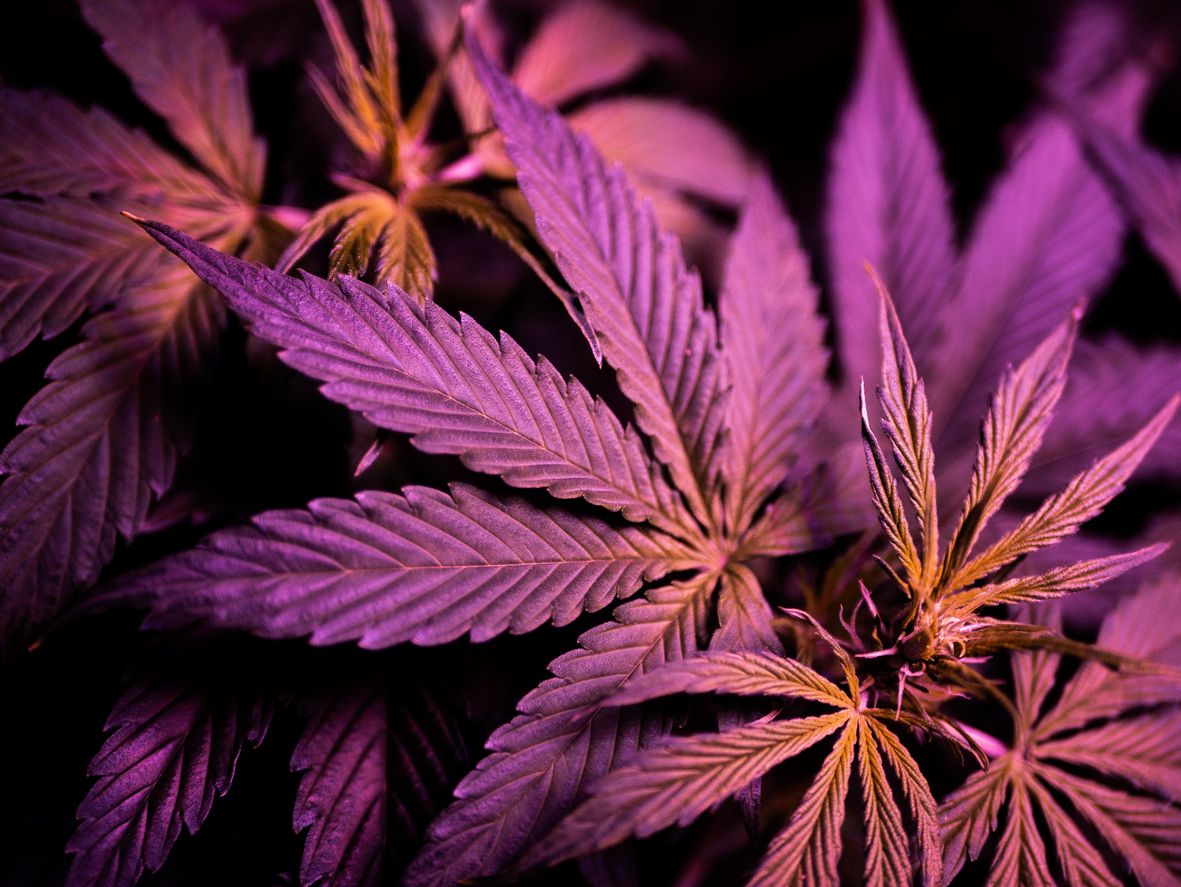Top Cannabis Growing Techniques for Higher Yields
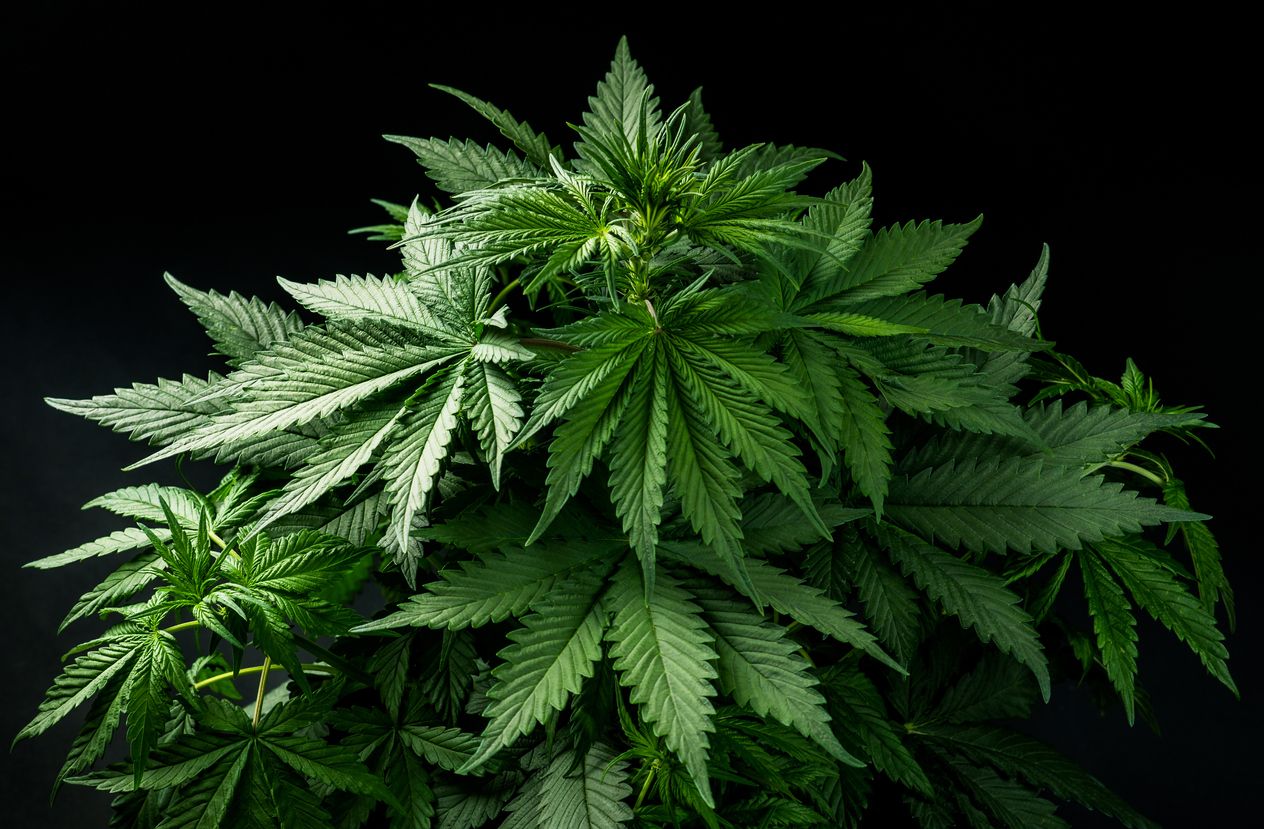
When you want to multiply your yield it might make the most sense to invest in more lights and plants, but for those who are facing an issue of space or legal restrictions, marijuana growing techniques can help you to maximize the potential of any area, while giving you chubby dense buds that will add up come harvest time. The problem is that there are so many different marijuana growing techniques out there that it can be hard to decide where to start, and to help, we have compiled a list of the most popular, including a description of what you will be getting into with each one.
Low Stress Training (LST)
Low-stress training of a cannabis plant allows the grower to shift and manipulate the plant by binding its branches gently, a technique that is also commonly used with bonsai trees to keep them fruitful but small. It can significantly increase yields while causing minimal damage to the plants to achieve the desired results. Generally, LST is performed using elastics, twist ties, plant tape, and branches or sticks to hold the pieces into place, which will eventually train the plant to thrive in any direction or shape that you like.
Low-stress training can be performed over the course of several weeks but is typically utilized most during the vegetation stage and concludes before the plant begins to flower, as by that point the plant stalks should be trained and healed. However, some expect this will start as soon as they see the colas begin to appear so that the transition is slow and gentle.
High Stress Training (HST)
Low-stress training (LST) can sometimes include small amounts of trimming or pruning, but high-stress training methods use an entirely different philosophy. With this cannabis growing technique, massive amounts of damage are inflicted upon the plant to induce a flood and redirection of nutrients at the ideal time. A few of the marijuana growing techniques that fall into this category are fimming, topping, scrogging, and defoliation. These all require the grower to either crush portions of the stems or to remove them completely to change the way that the marijuana plant grows.
This method of growing must be used during the most active stage of the plant’s growth, and it comes with the most risk, as some weed strains do not take to such harsh treatment very well. These marijuana growing techniques are best suited to more experienced growers who have prior knowledge of plant nutrients and other specialized care which will help them to recuperate.
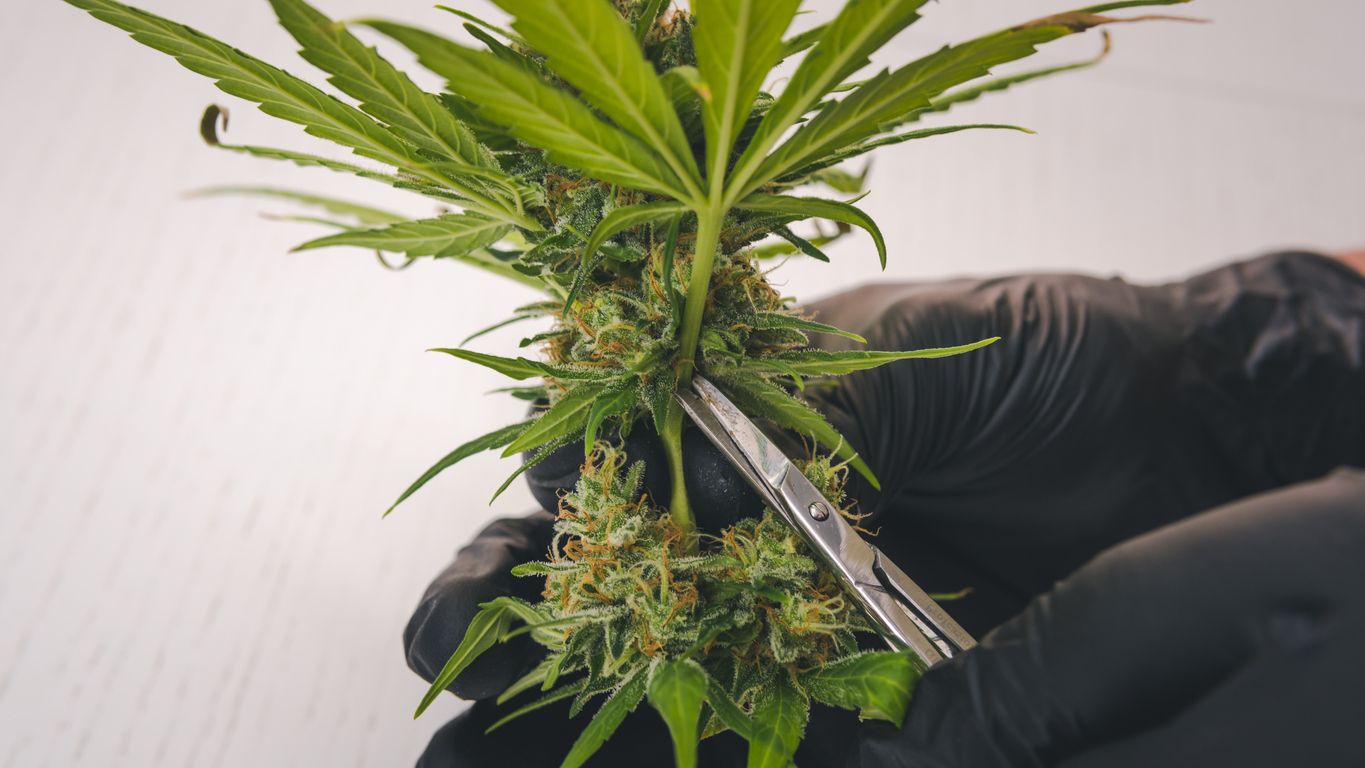
Pruning is a widely used cannabis cultivating technique, as it comes with a wide range of benefits and minimal risk in the hands of a careful grower. This method removes some of the fan leaves and other non-essentials to force all the available minerals and nutrients into the remaining branches and buds. It is perfect for both experienced and inexperienced growers, and the results with most strains are overall highly successful, leading to an increase of up to 50% yield.
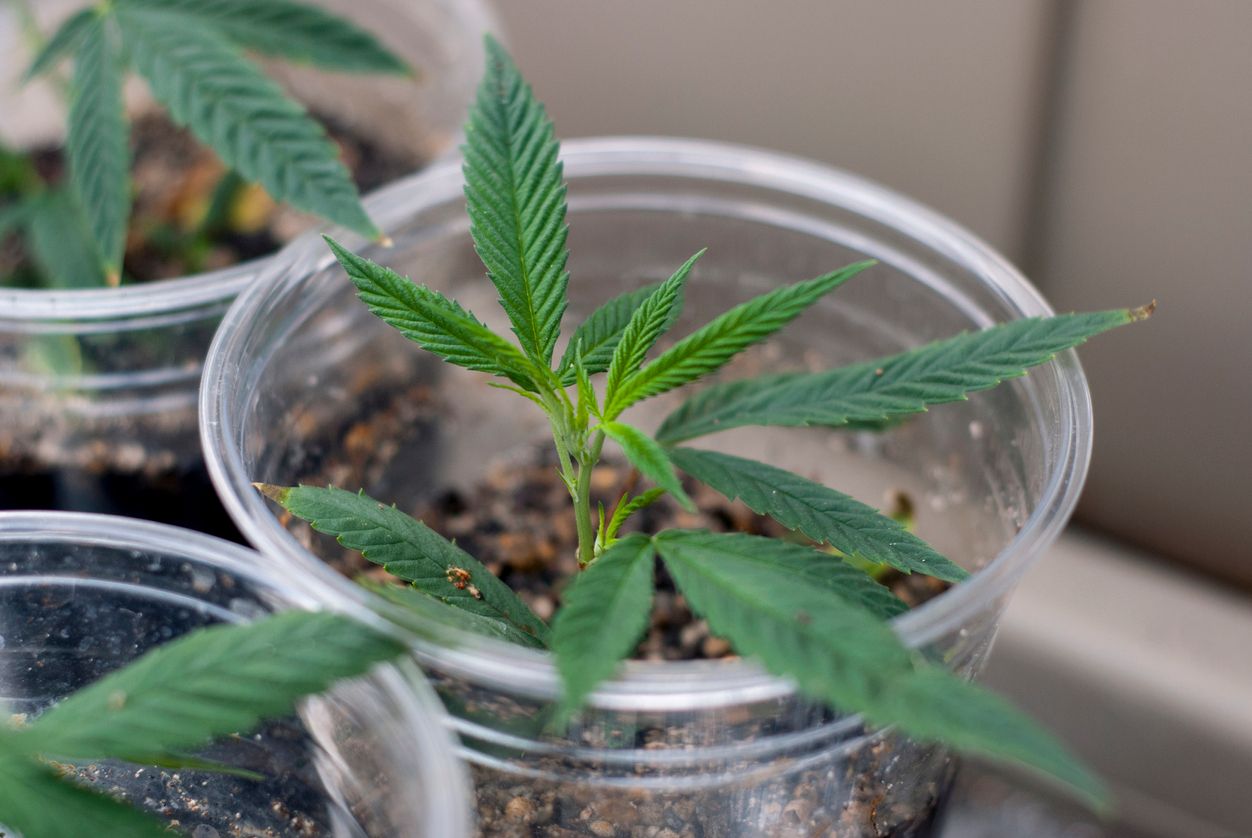
Cloning is one of the most popular and widely used marijuana growing techniques out there, and for good reason. One mediocre sized mother plant with this method can be transformed into multiple babies that are sharing the exact same genetics as the one they were clipped from. Cloning offers an easy solution for preserving genes, but it is typically used by growers who want to maximize the potential of their crop without having to invest in the time and energy that it takes to grow and sex the seedlings.
Cloning is really easy, and all you really need to have on hand to perform this method is some good rooting compound, nutrient-rich soil, razor blade, water, and an environment for your brand-new cannabis plants to thrive in. One cut is made at a time to remove very specific sections of the plant. From there, the cutting is dipped into the compound and planted into soil. Cloning will result in small, easy to manage plants that produce large single colas rather than small budded branches, and it can turn one plant into 5, 10, and sometimes even 20 small perfectly copied marijuana plants.
Topping
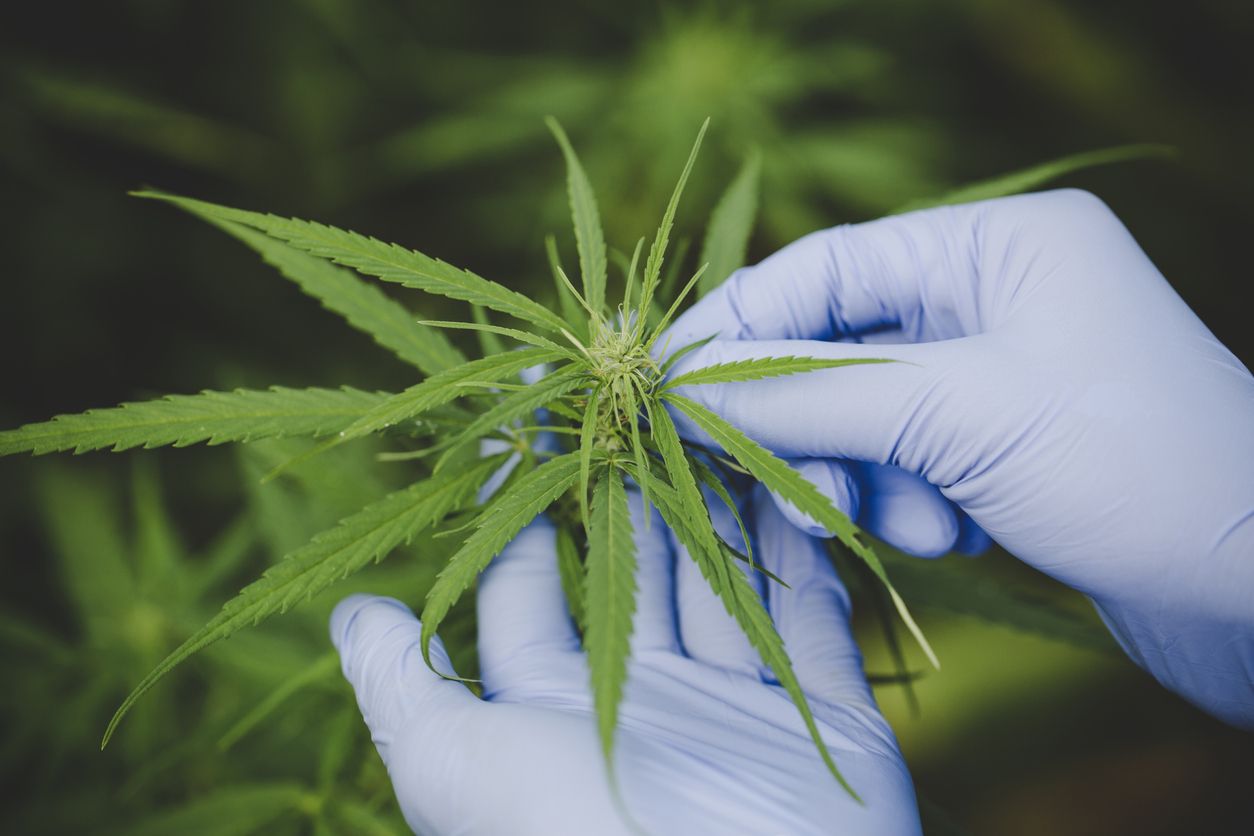
Topping is another popular growing technique that is used by experts all over the world. The idea is to remove only the tips of certain branches to stunt the plant’s growth upward, which forces it to focus on the remaining accessible portions. Topping helps to promote more lateral growth in lower stems and branches which ultimately increases the overall yield come harvest time, as the influx of hormones from the cuts is provided to the buds and colas, increasing cannabinoid content as well.
The trouble with topping is that it is one of the riskier marijuana growing techniques, as some strains do not take well to high-stress situations. Though topping is not considered to be a high-stress training method, if too much of the plant is removed, irreparable damage can be left behind, which can reduce the quality and size of a yield rather than boosting it. That is why it is not recommended for beginner growers, as it takes a skilled hand to top cannabis successfully.
Fimming
Fimming cannabis is not typically an intentional direction, as it is usually the product of a mistake occurring during topping. With topping, you want to remove only the top tip of the main plant stems, but if you cut too far, all you can really do is perform the steps necessary for fimming cannabis. Generally, once fimming is considered, too much of the stem has been cut, and now the removal of approximately 75% of the main tip becomes necessary.
Some expert growers take this approach on purpose, as it can create up to 4 additional main shoots from only one. That means that there is potential there to increase the yield up to 4x with one simple cut. The trouble is that this harsh method of manipulation can significantly harm a plant by causing too much stress, so special aftercare is nearly always essential to its recovery and survival.
Lollipopping AKA Lillipopping
Lollipopping is one of the least known marijuana growing techniques on this list, but its approach provides relatively high success rates that are worth mentioning. This method of trimming a cannabis plant removes all the lowest growth as it is blocking the light and taking nutrients from other higher priority portions of the plant. In the end, lower growth only produces small and lower quality buds because they don’t receive the wonderful growing power of regular light, so it isn’t a loss to remove them.
Removing the lowest branches will free up breathing space for the remaining buds and branches and direct all the nutrients to the most substantial colas on the plant, which can boost bud and yield size by up to 50%. The only issue with this growing technique is that it requires a painful session of cutting away at your prized plant, but most strains can handle this type of trimming without issue.
Scrogging (SCROG)
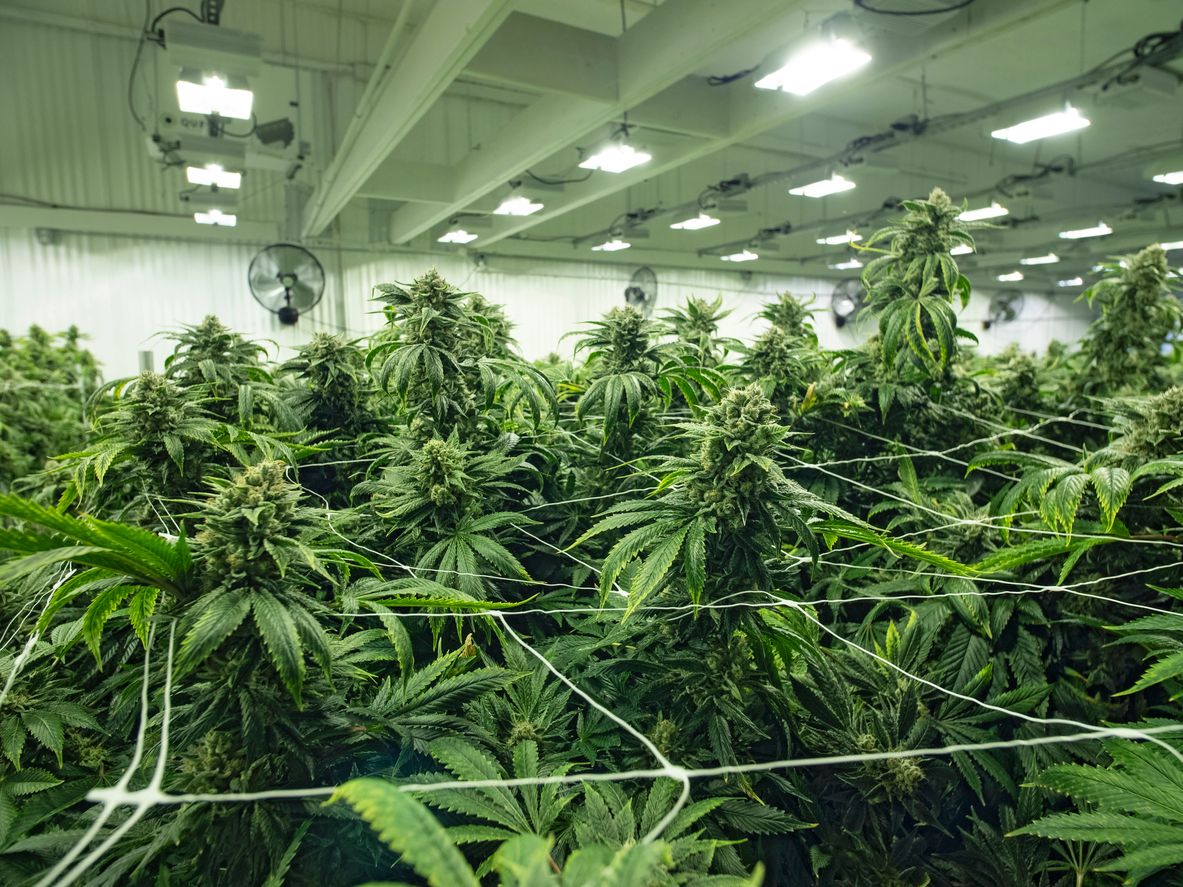
Scrogging AKA Screen of Green is one of the most labor-intensive but fruitful marijuana growing techniques out there, as long as the grower uses a strain that can handle the extreme treatment. SCROG is a high-stress method that does come paired with a fair amount of risk, but if you work slowly and carefully, the payoff is massive buds and short bushy plants that take up less space.
Scrogging is a training method that utilizes a screen as a guide to hold branches up in a position that evenly distributes the available light. It generally starts during the flowering stage, which is when the plant will produce the most growth. The screen helps to stretch out the branches which make it so that everything gets even light and nutrient exposure leading to bigger colas and a more significant yield.
Manifolding
Manifolding AKA Nebula’s manifold or main-lining is a high-stress training technique that splits the main stem of a marijuana plant into two branches. Once the stem is cut in this manner, it confuses the plant into believing that up is actually outwards, resulting in a plant that grows in two halves that are pointed in opposite directions.
Manifolding does the same thing as many of marijuana growing techniques to increase yield, by inducing harm to stimulate desired growth. In this case, the plant will generally produce up to three times more after harvest than it would have if left to thrive naturally, but that is only if they survive the initial cut, which is why this is another technique that is best left to the professionals.
Super cropping
Super cropping is one of the oldest marijuana growing techniques in existence, but it is high stress and, for some, a less than enjoyable experience. That is until they see the fruitful bounty that comes from a bit of rough treatment. Super cropping describes the crushing of portions of the stem with the intention of turning and exposing the buds up to the light. To do this, the stem is placed between the grower’s fingers and crushed until they are malleable.
After all the largest buds have been turned to face upwards, tape and other treatments are often required to help the plant to repair itself. The goal is not to super crop all the branches, but to turn those that look like they could be magnificent with the help of a little boost. If the plant survives the treatment, the result is an incredible increase in yield and quality.
Defoliation is one of the few marijuana growing techniques that should only be utilized by indoor growers. The plant maturing in such an ideal environment seems to be what encourages this process to work. It is similar to lollipopping but here, the entire plant is selectively picked over, strategically cutting away portions of the plant to increase light exposure.
This high-stress method is highly debated as far as its success, but in experienced hands, it can increase a crop’s yield by over 60% and most would argue that such a substantial increase is well worthwhile. Defoliation can be performed at almost any stage of growth but is typically started before the flowering stage.


